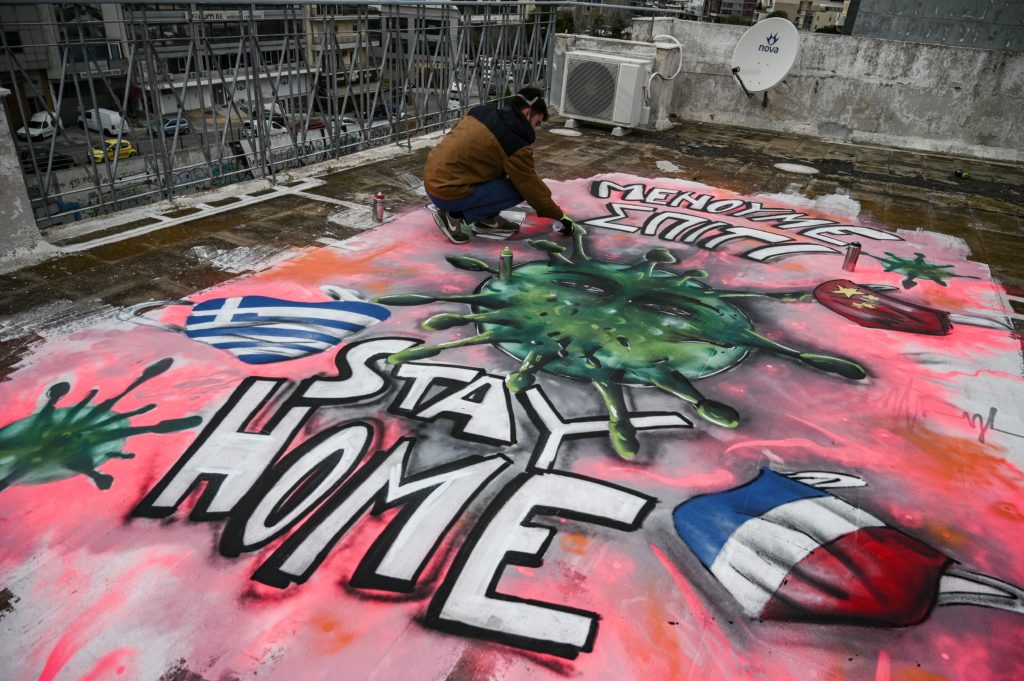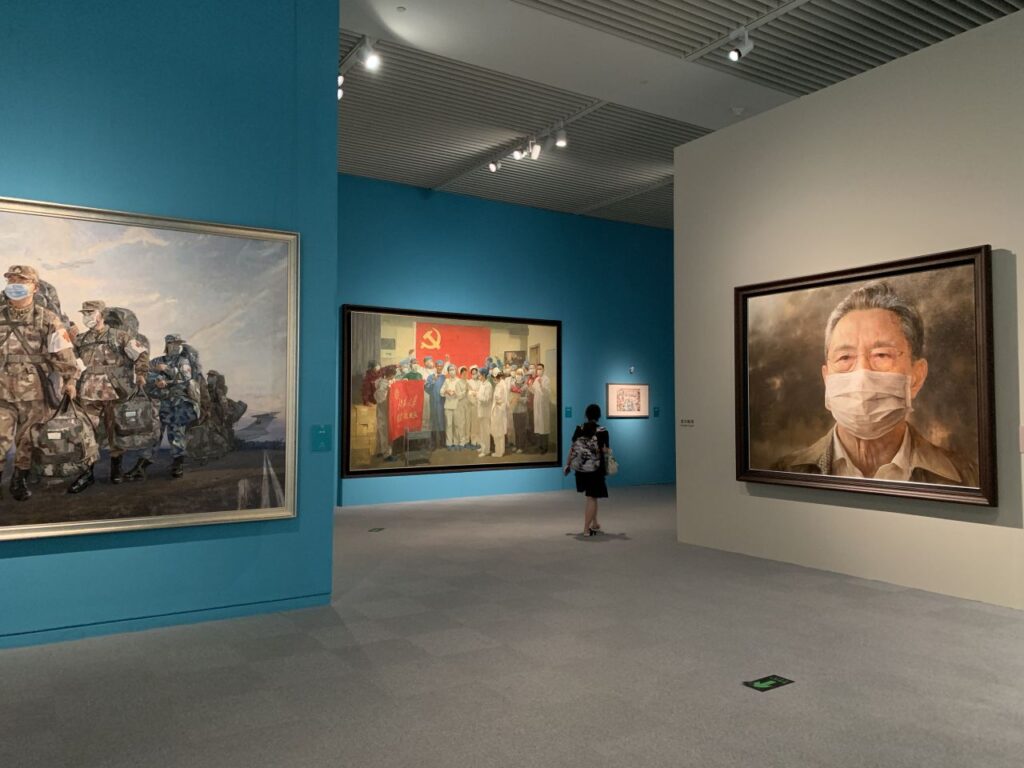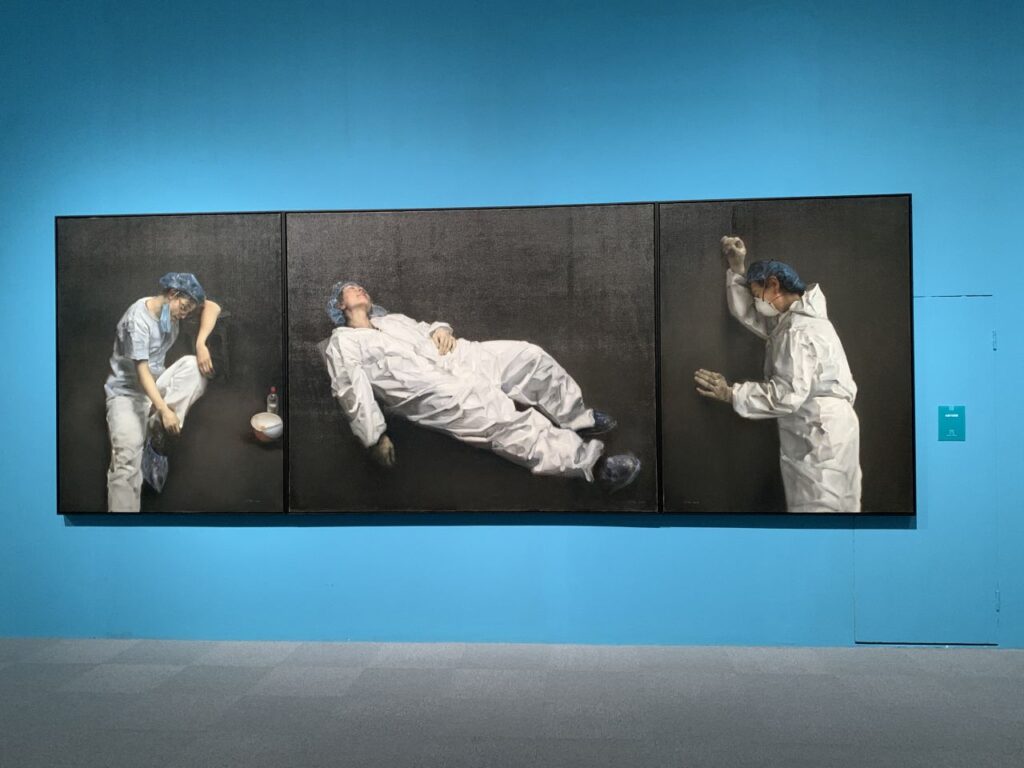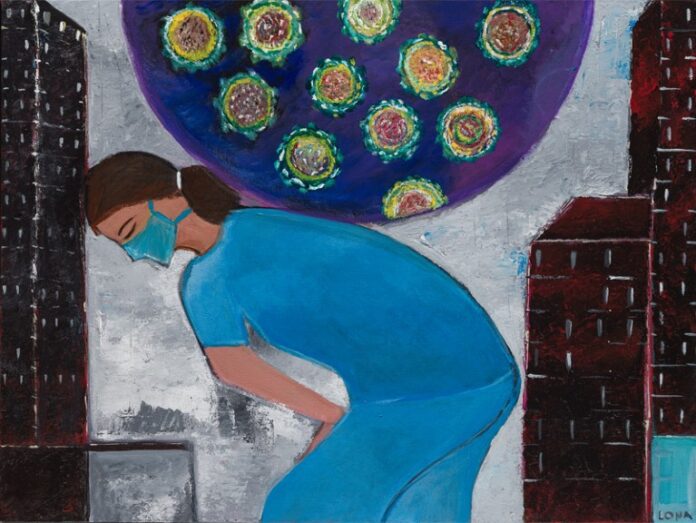Lockdown conditions in the first few months of the Covid-19 pandemic have been associated with a burst of creativity, both in practicing artists and in people with little previous exposure to art. In this article, we want to trace some of the artistic responses to the pandemic.


Face masks have become another recurring symbol in new pandemic art, evoking new boundaries between people. In many countries, murals and posters depicting face masks have been used to promote behavior change and encourage people to stay at home.

In addition to the themes of home, isolation, boundaries and masks, the artists were concerned with key socio-political issues related to the new realities of life around the world. Pandemic art also sought to draw attention to the devastating nature of the pandemic, as well as the fragility of social, political and economic systems.
In general, people during the pandemic have recognized the health benefits of art and cultural activities. When considering how art affects mental health and well-being, research has shown that art can help you manage your circumstances and regulate your emotions. Art helped to distract, reflect on oneself, train the mind and helped people to gain skills and communicate with others.
Creativity in quarantine can activate psychological processes such as coping and emotional regulation which are linked with the management and treatment of a range of different mental and physical health conditions. Many people have been turning to the arts as a way to support mental health and cope with the psychosocial adversities of the COVID-19 pandemic.
Individuals used the arts to:
- distract themselves from the pandemic;
- connect with themselves emotionally and on a deeper level;
- engage creatively and learn new skills;
- and connect with others.
Overall, the pandemic has also highlighted the critical question of the importance of art and the value we place on them. Throughout history, it has been repeatedly demonstrated that in times of crisis and emergency, art plays a key role. Art is very important to support social cohesion, mental health and individual and group identity.

























